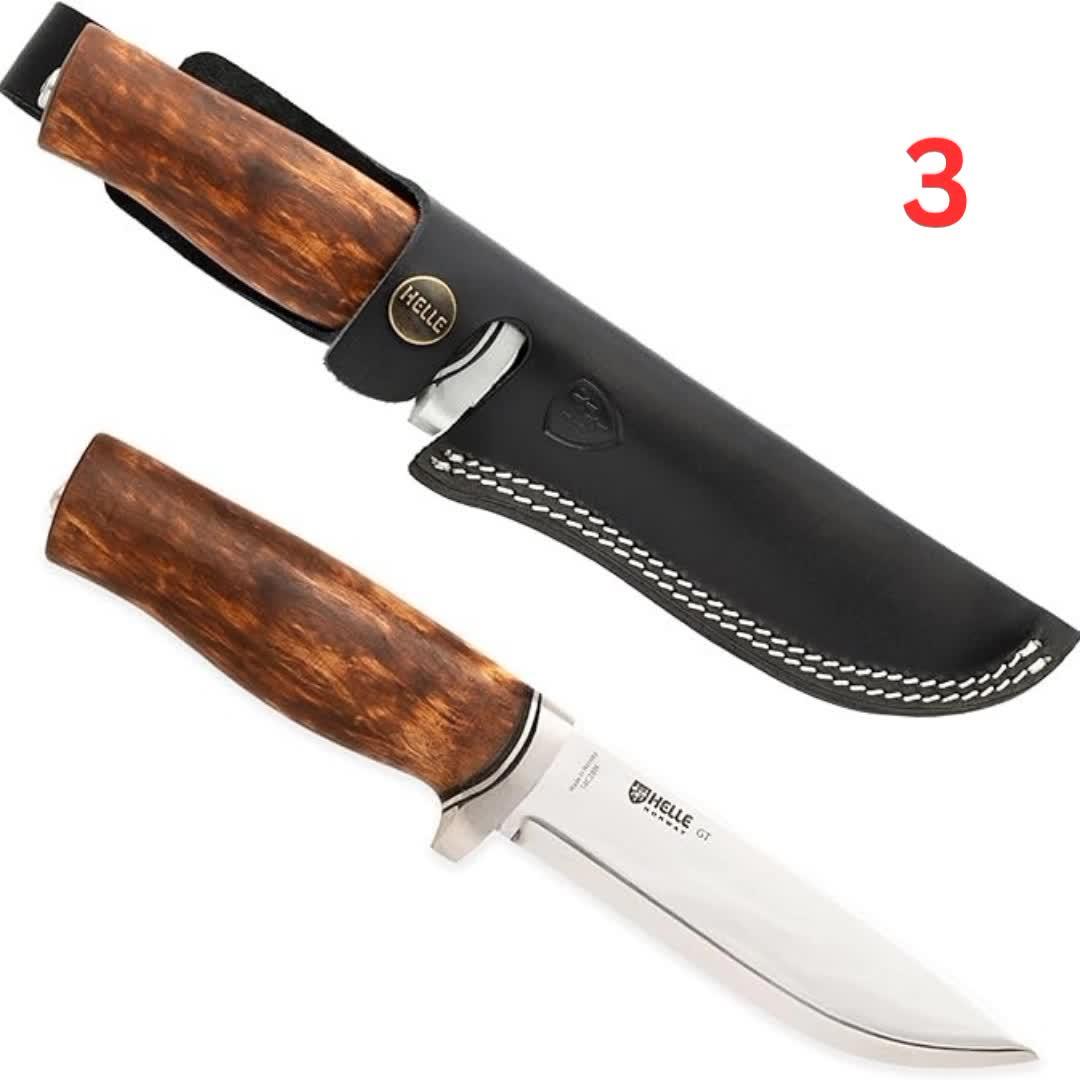
Hunting Seasons in QUEBEC: Key Regulations, Licenses & Smart Strategies Quebec's hunting seasons reflect a careful balance of wildlife management, environmental considerations, and cultural tradition. The province’s vast territory, from boreal forests to tundra regions, offers unique challenges and opportunities for hunters. Understanding the regulations and timing is essential for both local and international hunters seeking one of North America's top hunting destinations. Regulatory Framework and Season Structure in Quebec The hunting calendar is governed by the Ministère des Forêts, de la Faune et des Parcs (MFFP) , which sets dates based on scientific research and conservation needs. Hunting is divided into three main periods: spring (April–May) for turkey and limited bear hunting; fall (September–December), the primary season covering most game species; and winter (January–March), focused on predators like coyotes. These seasons are annually reviewed following consultations wit
Post: 14 August 12:43
















































